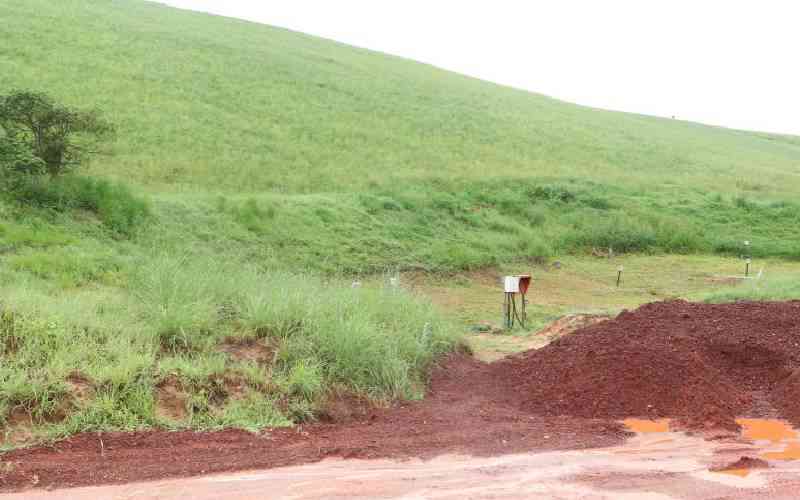
In light of recurring droughts and food crises, Kenya's approach to land management requires urgent reconsideration. Our history with colonial rule offers illuminating, albeit harsh, lessons.
Under the colonial British rule, the concept of 'villagisation' was introduced during the State of Emergency in 1953. The colonial government, aiming to cut off supplies to freedom fighters in the forest, uprooted people from their homes and moved them into tightly guarded villages.
After the State of Emergency in 1960, people abandoned these villages and returned to their shambas. In retrospect, it may have been more advantageous for the government to modernise these villages instead. Maintaining the villages could have meant a closer proximity to farms, which in turn might have prevented the lands from being used for non-agricultural purposes.
One issue, for instance, has been the subdivision of land into smaller units. Family members began demanding portions of land, regardless of their involvement in farming. Over time, agriculture was replaced with homesteads and graveyards, drastically reducing productivity.
The next mistake occurred when land-buying companies purchased settler farms and divided them into smaller holdings. The best practice would have been to operate them as collective farms similar to Israel's kibbutz system, hence retaining the existing infrastructure and promoting sustainable farming practices.
One notable example is the Wangu Embori Farm in Timau, which is owned by a group primarily from Murang'a and was led by Kenneth Matiba for years.
This farm remains productive, and its members receive annual dividends, unlike the unsustainable practice of allocating small portions to individuals to try eke a living.
The persistent belief that land is for individual ownership, rather than a factor of production, has led to poor land use. It is as unproductive as buying a truck only to park it for display. Land, like any finite resource, cannot be stretched beyond its limits.
We have seen the potential in the Mwea rice irrigation scheme. Each farmer was initially allocated four acres of land but was prohibited from subdividing or residing on it. This setup, spanning approximately 26,000 acres, now accounts for 60 percent of domestic rice production.
Unfortunately, regions like Central Kenya struggle to be food secure due to the transformation of fertile land into small, unproductive holdings.
Over time, the original landowners have passed on, leaving their children who see no value in tilling these lands. This, coupled with an exodus of young adults to towns or abroad, has left the villages barren.
These historical trends and current practices underscore the need for change. The government must reconsider land policy, restricting usage rights to ensure productive utilisation.
The idea of land for individual ownership needs a fundamental shift towards viewing land as a communal resource for productive use.
The writer is an advocate and expert in property law. njorawaweru@gmail.com

